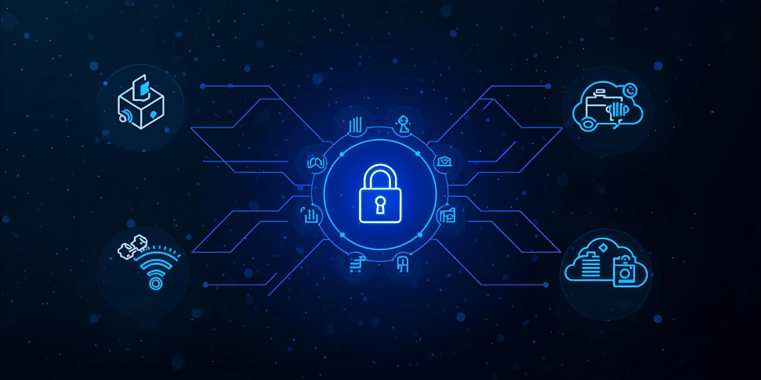The Internet of Things (IoT) has revolutionized our daily lives, offering unprecedented convenience and efficiency. However, have you considered the security implications of these devices? As IoT becomes increasingly integral to our personal and professional lives, understanding its security aspect is vital.
What Goes Into Securing an IoT Device?
Securing IoT is complex and involves multiple layers. It's not just about setting a password; it requires a robust architecture that safeguards the software running on these devices. This includes encryption, secure communication, and ongoing updates to address new vulnerabilities. How comprehensive is your IoT security?
Key Features and Benefits of IoT Security
IoT security solutions provide a range of essential features:
-
Authentication and Authorization: Ensuring only verified users can access the device or network.
-
Data Encryption: Providing a secure layer around sensitive data during transit and storage.
-
Secure Communication: Establishing secure pathways for data, making it resistant to interception and tampering.
By implementing these features, you not only protect individual devices but fortify your entire network against cyber-attacks and data breaches.
Challenges in IoT Security
IoT brings unique challenges. Many devices have limited computational resources, making it difficult to implement resource-heavy security measures. Additionally, the diverse nature of IoT devices complicates standardization efforts. Can a single solution be universally applicable?
Real-World Risks
These are not just theoretical concerns; the risks are real and immediate. Unauthorized access, data breaches, and device tampering can have serious consequences, affecting both individual privacy and system integrity. Security lapses can even provide an entry point for more extensive cyber-attacks.
Proactive Measures for Threat Prevention
So, what can be done for risk mitigation? Strong authentication mechanisms, data encryption, and continuous monitoring are all crucial components of a robust IoT security strategy. A proactive approach enables quick identification and response to security incidents, thereby minimizing potential damage.
The Role of IoT Security Across Industries
IoT security is industry-agnostic and finds applications in various sectors:
-
Enterprise: In corporate settings, the stakes are high. Weak IoT security can compromise confidential data.
-
Healthcare: With IoT devices now common in healthcare, ensuring the privacy and integrity of patient data is crucial.
-
Industrial: In manufacturing and automation, poor IoT security can lead to disruptions and significant financial losses.
-
Embedded Systems: IoT devices in consumer products also require rigorous security to protect against unauthorized access and data theft.
Conclusion
The growing presence of IoT in our lives makes its security an imperative. Understanding the complexities, features, and challenges allows us to better fortify our digital environment. As IoT continues to expand, effective software security isn’t an option; it's a necessity for a safer, more secure connected future. Are your IoT devices adequately protected?
Subscribe to Our Blog
Get the latest posts delivered straight to your inbox weekly.
Share this
You May Also Like
These Related Stories

Unique Security Challenges of Connected Devices

Why IoT Security Is Harder Than IT Security



